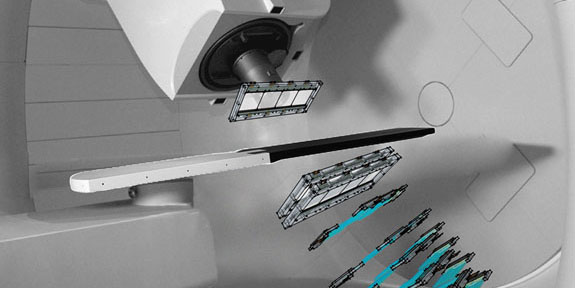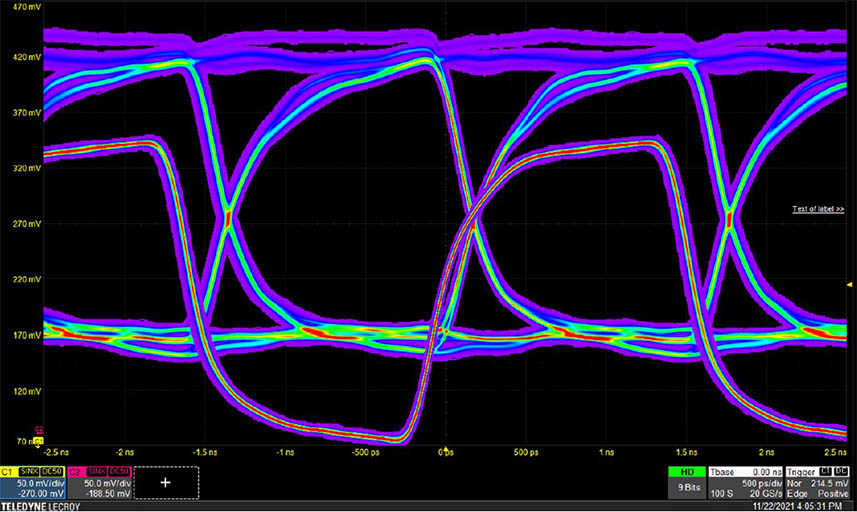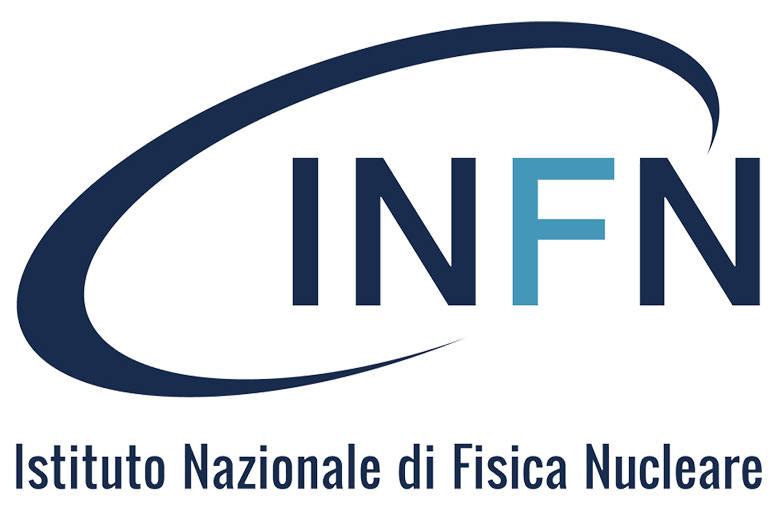Overview
The ARCADIA project aims developing a design and fabrication platform for large-area CMOS sensor. Goal of the collaboration is to build some pixel sensor demonstrators to showcase both the sensor technology and the innovative architecture.
- Target applications: space, medical and detectors at lepton colliders.
- Innovative sensor technology (SEED, patented) with good radiation tolerance and full depletion.
- Scalable architecture over large area.
- Very low power: goal of 10 mW cm-2
Medical imaging

- Low power (≤ 40 mW/cm2)
- Medium rate ≈ 10-100 MHz/cm2
- Ultra low material budget (low energy)
- Very large area (≥ 16 cm2)
- 3-side buttable
- Low-medium rad-tolerance ≈ 10 kGy
Lepton colliders

- Low power (≤ 40 mW/cm2)
- Medium rate ≈ 10-100 MHz / cm2
- Very low material budget
- Large area (≥ 6 cm2)
- 3-side buttable
- Low-medium rad-tolerance ≈ 10 kGy
Space applications

- Ultra low power (≤ 10 mW/cm2)
- Very low rate ≈ kHz/cm2
- Low material budget
- Large area (≥ 6 cm2)
- 3-side buttable
- Low rad-tolerance ≈ 1 kGy
1st prototype target specifications
| Parameter | Min | Max | Notes |
|---|---|---|---|
| Power consumption | 5 mW/cm2 | 20 mW/cm2 | |
| Pixel pitch | 25 um | In demonstrator the largest dictated by CCE | |
| Matrix area | 4 cm2 | 24 cm2 | 1 cm2 in the first demonstrator |
| Hit rate | 10 MHz/cm2 | 100 MHz/cm2 | Assuming 4 px/hit |
| Timing resolution | O (1 us) | O (10 us) | For first demonstrator |
| Radiation tolerance | 5 kGy | Clearance required if > 5 kGy (lepton collider) |
Latest results
1st prototype: Main Demonstrator 1 chip (MD1)
Thesis works
Available topics
- Sensor development and characterisation for medical applications (protons detection)
- Sensor characterisation and readout for material science and industrial applications (electrons detection)
- Study and characterisation of the sensor behaviour after radiation exposure (x-rays, -rays, neutrons)
- Comparison and development of systems for x-ray detection over very large areas

Acquired skills
- Developing and managing Monte Carlo simulation (GEANT, Fluka, …) to predict and benchmark the system behavior.
- Data Acquisition (DAQ) development, including software, firmware and hardware
- Programming FPGAs, Microcontroller, and advanced electronic equipment (Python, C++, Verilog, VHDL, Assembly)
- Organizing irradiation measurements in different facilities, like x-ray machines and beamlines at national and abroad facilities
- Parsing and analyzing raw data from the sensors, real-time data verification

Funding

